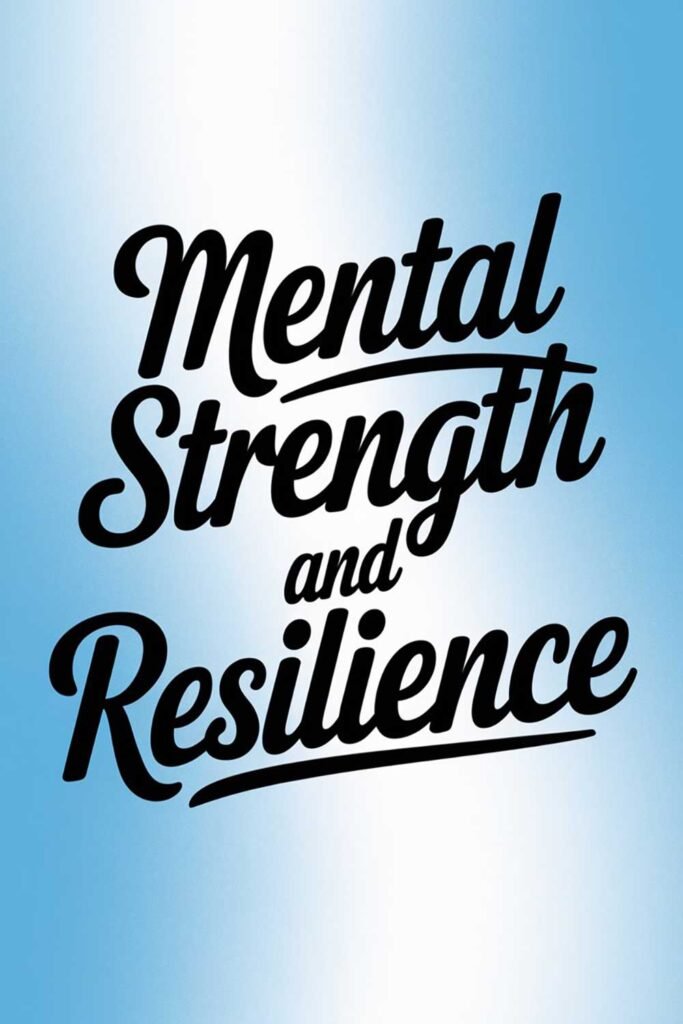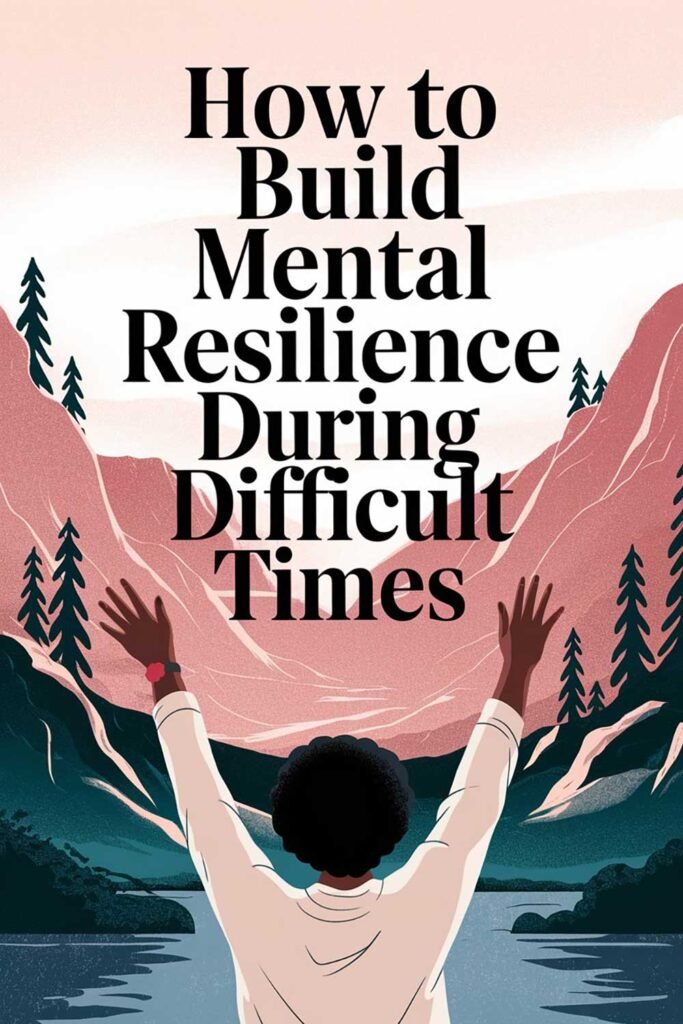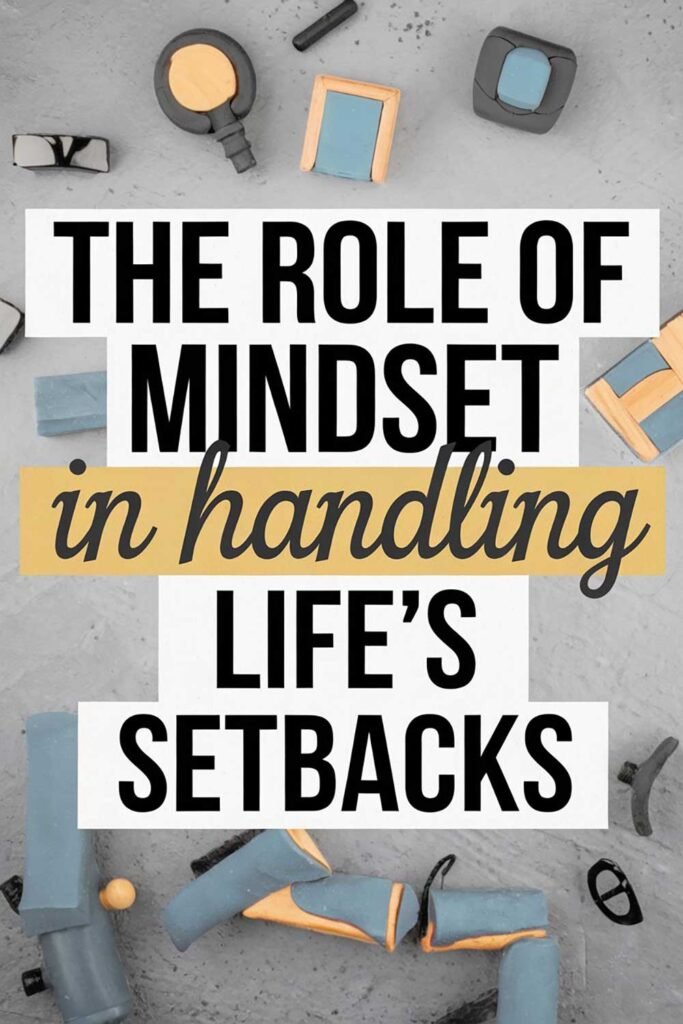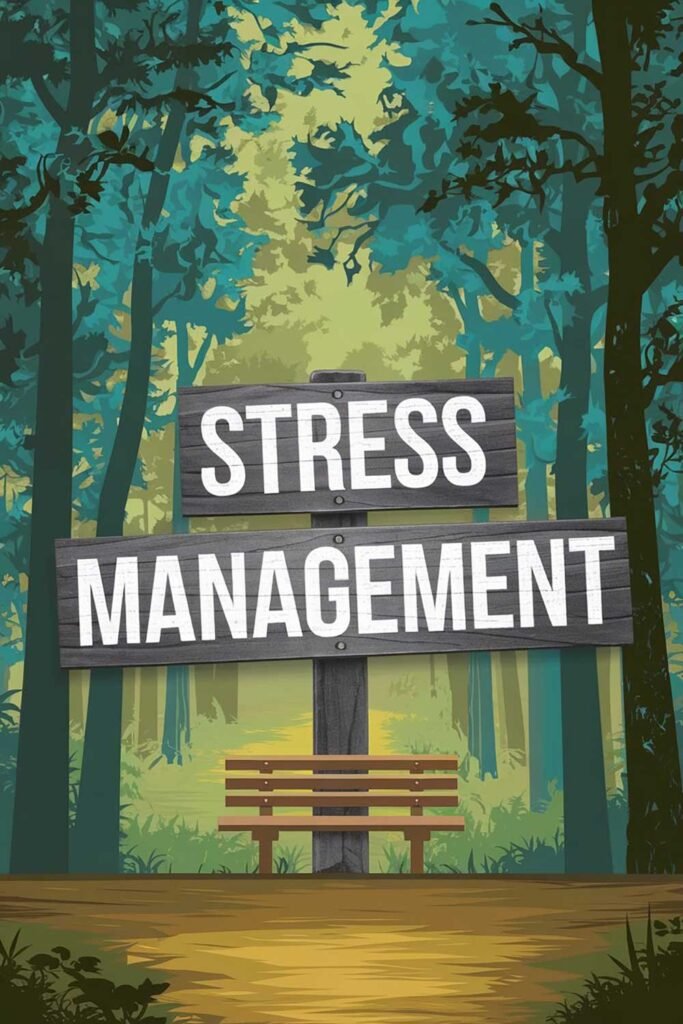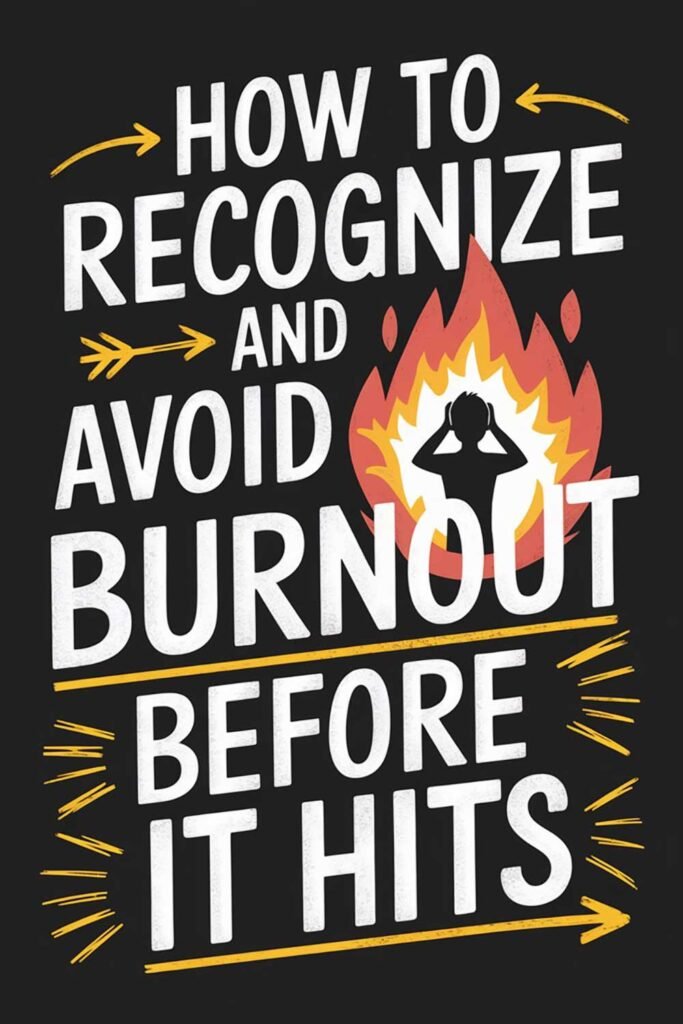
Effective Stress-Relief Techniques to Stay Calm and Focused
Stress is an inevitable part of life, but how you manage it can make all the difference. When stress becomes overwhelming, it not only affects your emotional well-being but can also hinder your focus and productivity. Learning effective stress-relief techniques helps you regain control, stay calm, and maintain your focus even in the most challenging situations. Here’s a guide to proven strategies for stress relief.

Why Stress Relief Matters
Managing stress effectively:
- Enhances Focus: Reduces mental clutter and improves concentration.
- Improves Health: Lowers the risk of stress-related illnesses like heart disease and anxiety.
- Boosts Productivity: Helps you tackle tasks with a clear mind.
- Supports Emotional Balance: Reduces irritability and fosters positive interactions.
Quick Stress-Relief Techniques
1. Deep Breathing
Deep breathing calms your nervous system and helps you feel grounded.
- How to Practice:
- Inhale deeply through your nose for four counts.
- Hold your breath for four counts.
- Exhale slowly through your mouth for six counts.
- Repeat for 5-10 minutes.
2. Progressive Muscle Relaxation (PMR)
This technique involves tensing and relaxing each muscle group to release physical tension.
- How to Practice:
- Start at your feet, tensing the muscles for five seconds.
- Gradually move up your body, releasing tension as you go.
- End with your shoulders and neck.
3. Mindfulness Meditation
Mindfulness helps you stay present and reduces the tendency to dwell on stressful thoughts.
- How to Practice:
- Sit in a quiet place and close your eyes.
- Focus on your breath or repeat a calming mantra.
- When your mind wanders, gently bring it back to the present.
4. Take a Nature Break
Spending time outdoors can instantly reduce stress and boost your mood.
- How to Practice:
- Take a short walk in a park or garden.
- Observe the sights, sounds, and smells of nature.
- Practice gratitude for the environment around you.
5. Listen to Soothing Music
Music has a powerful impact on your emotions and stress levels.
- How to Practice:
- Create a playlist of calming songs or nature sounds.
- Listen during breaks or while working on low-stress tasks.
Long-Term Stress-Relief Strategies
1. Exercise Regularly
Physical activity releases endorphins, the body’s natural stress relievers.
- How to Practice:
- Aim for 30 minutes of moderate exercise most days of the week.
- Choose activities you enjoy, like walking, yoga, or dancing.
2. Establish a Relaxing Bedtime Routine
Adequate sleep is essential for stress management.
- How to Practice:
- Disconnect from screens at least an hour before bed.
- Read, meditate, or practice light stretching.
- Stick to a consistent sleep schedule.
3. Journal Your Thoughts
Writing down your feelings can help you process and release stress.
- How to Practice:
- Spend 5-10 minutes each day journaling.
- Focus on gratitude or explore solutions to your challenges.
4. Build Strong Social Connections
A supportive network can buffer against stress.
- How to Practice:
- Schedule regular time with friends or family.
- Share your feelings openly with trusted individuals.
- Join groups or communities that align with your interests.
Tools to Support Stress Relief
- Apps: Calm, Insight Timer, or Breathe+ for guided relaxation.
- Hobbies: Engage in creative outlets like painting, cooking, or gardening.
- Books: Read calming literature or self-help books on stress management.
Encourage Others
If these techniques have inspired you, think about how they might help someone else. Share this guide with a friend, coworker, or family member who could benefit from effective stress relief.
Picture This
Imagine handling life’s demands with calm and clarity. Stress no longer controls your thoughts or drains your energy. Instead, you feel focused, composed, and ready to tackle challenges. Picture yourself thriving, even in the busiest seasons, with techniques that keep you grounded and energized.
What stress-relief technique will you try today to stay calm and focused?

